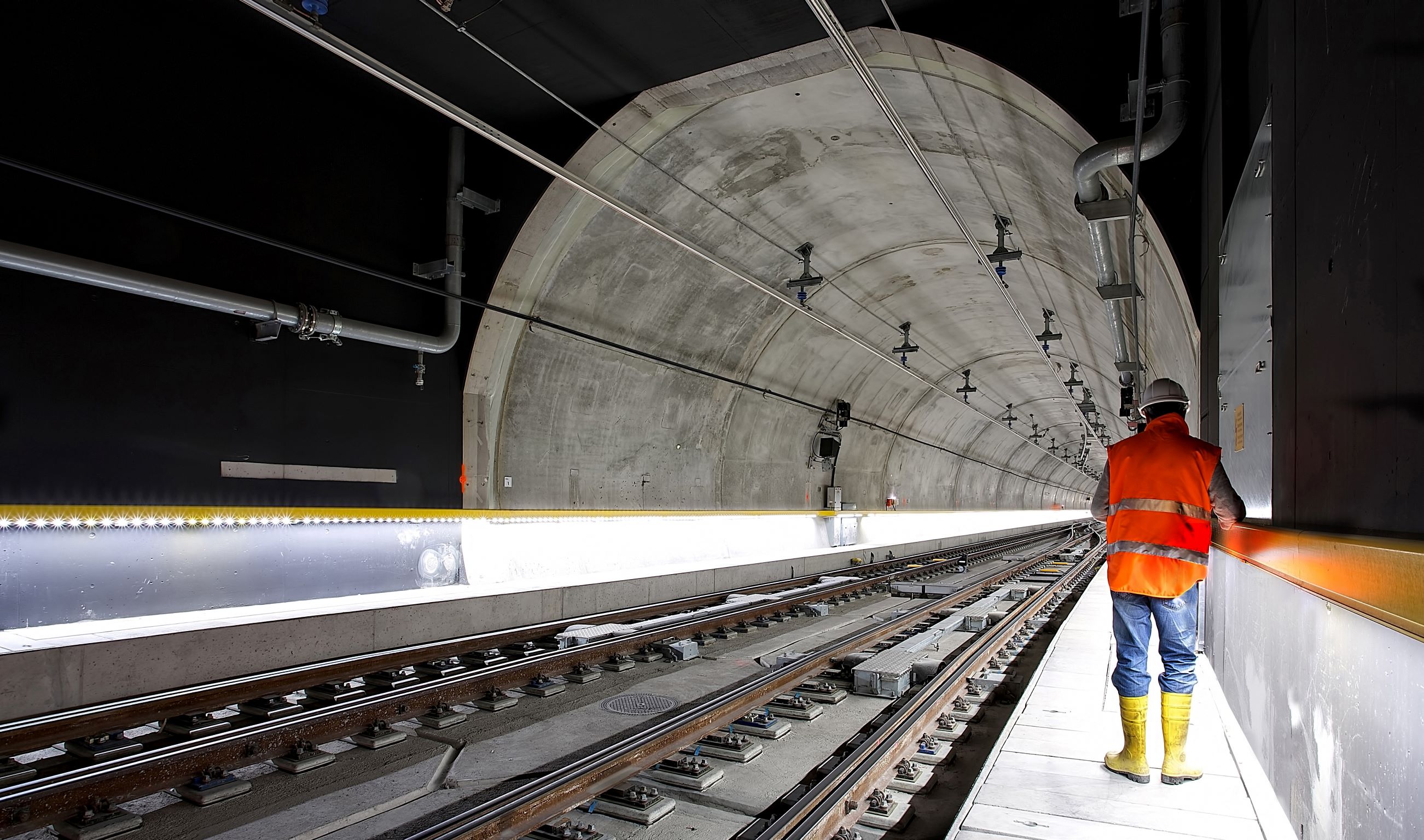Home > The size of cost overruns in Australian transport infrastructure projects

The size of cost overruns in Australian transport infrastructure projects
Australia is in the middle of a good problem that has something to do with record levels of spending on infrastructure throughout the country.
The 2019 Australian Infrastructure Audit, only the second of its kind after the 2015 publication, called for more than $600 billion in infrastructure spending in Australia over the next 15 years.
It is definitely a good problem to have when investors and government have already come together to virtually guarantee the money that the audit has called for.
The spokesperson for Infrastructure Australia, Romilly Madew, has joined with the Reserve Bank governor for the Coalition to prioritise spending on infrastructure to point to 103 initiatives that have been identified by Australian municipalities as important projects. Among other things, these projects will meet the rising need for infrastructure to address rapid population growth, especially in the cities.
Prioritising Infrastructure in Australia
The initiatives pointed to by Reserve Bank officials and audit agency officials included updates to present initiatives and future-minded speculative projects.
From public transport rolling stock and maintenance to enabling the widespread commercial use of electric vehicles, these projects are set to provide services to a wider population and stimulate the economy as well.
The infrastructure projects are to be implemented across the country, but the major locations are the country’s four largest cities — Perth, Melbourne, Sydney, and Brisbane. This is not only where the majority of the population of the country is now, but also where the majority of the population increase is expected to occur.
The Infrastructure Audit report predicts that Australia will need to provide services for a 23.7% increase in its people over the next 15 years — a total population of 31.4 million. In order to support the services needed and the workforce, infrastructure spending will need to stay at around $40 billion per annum.
The Cost of Falling Off
There is very little room for sideways economic or commercial movement in Australian transport infrastructure.
If the country cannot sustain the infrastructure spending numbers in the Infrastructure Audit report or if it fails to implement the services themselves, it faces a huge backlog of maintenance that will only bottleneck and increase the longer it remains unattended.
The cost of public transport is expected to increase to more than $800 million per annum because of crowding. Road congestion costs will balloon from $18.9 billion today to $38.8 billion by the year 2031 under current conditions.
Government and investors will also have the challenge of making these new services more affordable for the broader community including low income earners.
The Causes of Cost Overruns
The relevance and urgency of these transport infrastructure projects put a great deal of pressure on project teams to get things done.
One of the most common issues in high-pressure infrastructure projects has always been the cost overrun. In many cases, teams are put between a rock and a hard place — they must choose between spending more and staying on schedule or delaying a project to reduce costs.
The Grattan Institute report reveals the most common causes of cost overruns:
- Premature announcements. In some cases, miscommunication causes the early announcement of a project that has not yet been completed. The Grattan Institute found that this alone has cost Australian investors and government over $28 billion since 2001.
- Overly optimistic ex-ante cost estimates. Implementing new technologies, surveying current infrastructure, covering for inevitable mistakes, and dealing with time spill may cause cost underestimation before the fact. Auditors and accountants may also feel pressure to reduce estimates to compete for a project.
- Inefficient project management and contracting practices that cause projects to be more expensive than they should be. Too many cooks in the broth spoil the soup, and they also tend to increase costs. Unoptimised contracting can put too much bureaucracy in the process, which can also cause bottlenecks. Contracted companies often must spend precious time coordinating technologies and manpower.
- Scope changes. In many cases, projects that start small must be expanded in order to fit a changing demand and growing population. Changes in scope must obviously coincide with higher costs, and these cannot always be adjusted quickly.
The Size of Cost Overruns in Australia
According to Grattan Institute, project size has been found to be a consistent predictor of the size of cost overruns. This makes sense — scale tends to affect volume in terms of cost regardless of the industry that is being studied.
Surprisingly, Australian infrastructure projects are actually affected at a lower rate than international averages for road and rail projects.
Grattan reports that the average cost overrun for Australian transportation infrastructure projects is between 9 and 20% after principle contracts have been awarded.
Prior to these contracts being awarded —
- 15% additional costs have been observed
- 65% of total projects are estimated to have a cost overrun
- 20% of initial project costs account for around 70% of the total value of cost overruns
If infrastructure spend is not managed well, not only could it result in overruns, it will also impact skilled labour shortage and project delays. It is in the interest of both government and investors to pay special attention to the size of cost overruns in Australian transport infrastructure projects over the next 15 years.
At Antoun, our E6 methodology allows for on-time project completion, with as little downtime and disruption as possible. This means we get the job done right with minimal loss of revenue and without closing operations, whether that’s replacing an airport taxiway overnight or restoring critical public infrastructure.
Bookmark this page for reference in the future, and be sure to subscribe to the Antoun blog to get regular insights on Australia’s infrastructure.
 Call
Call